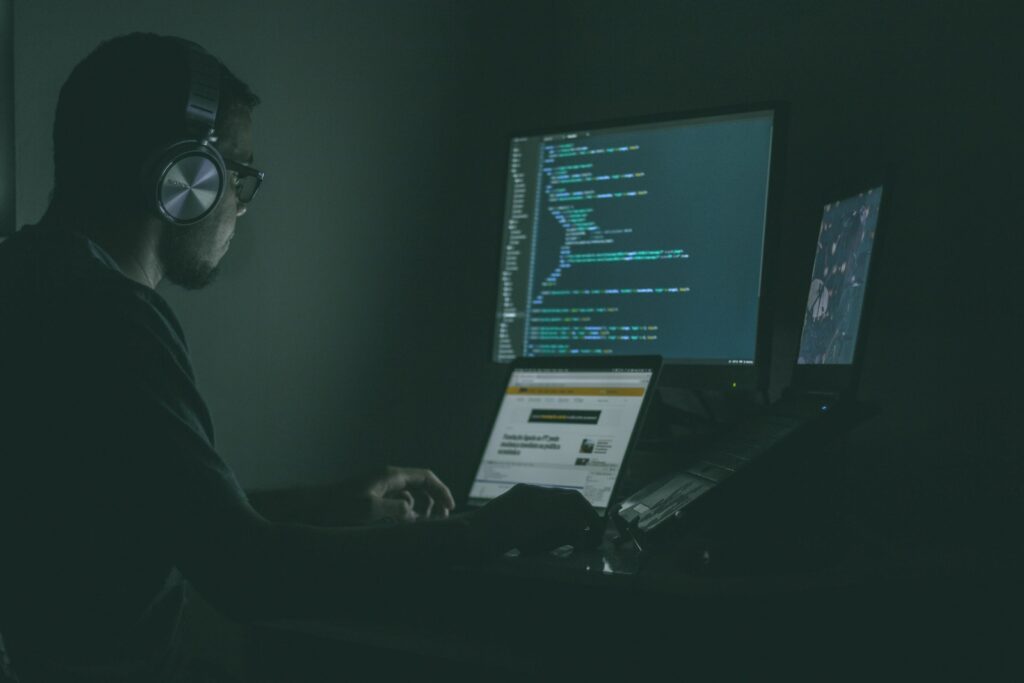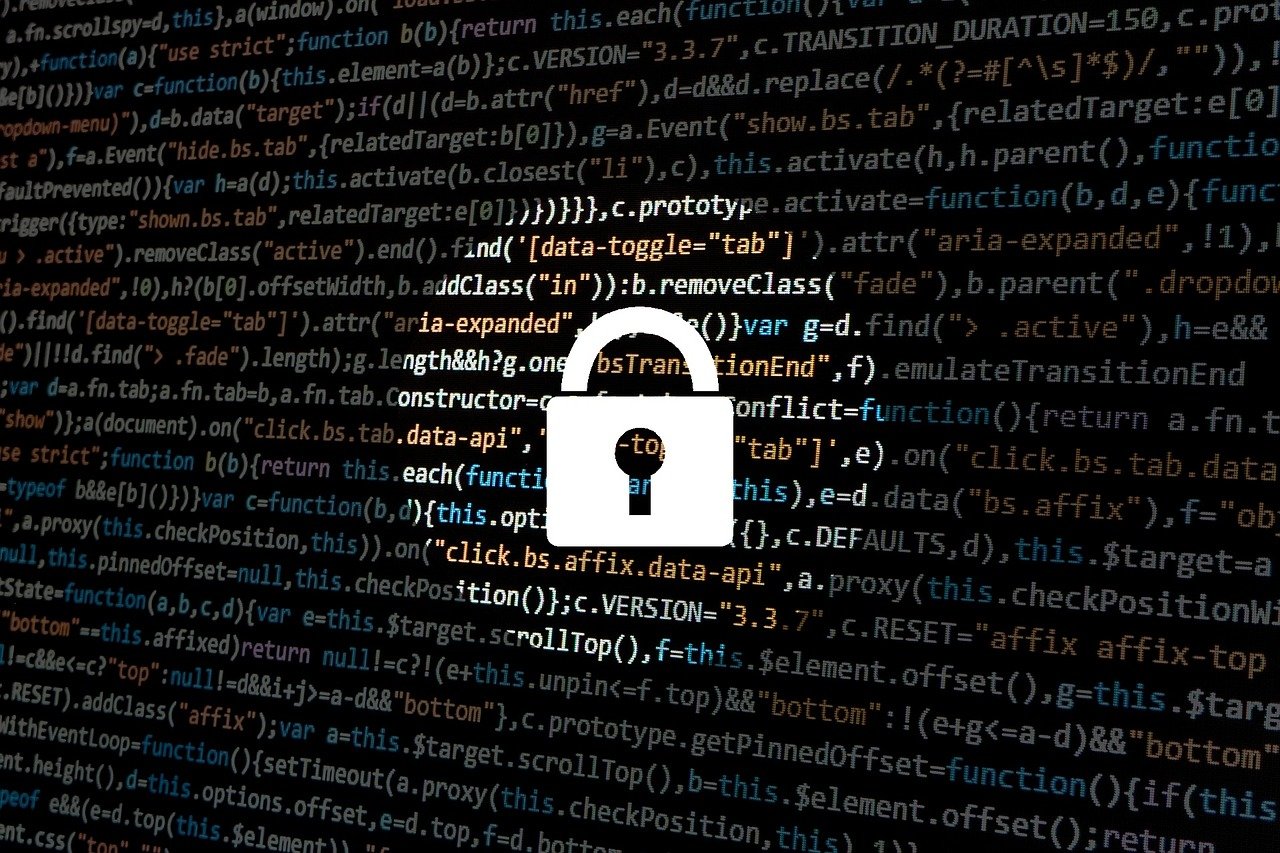With the rise of remote work, establishing a secure remote work environment has become a key business trend in Ireland. Providing employees with a safe and protected digital workspace is essential to protect sensitive data, maintain productivity, and mitigate cybersecurity risks.
This article outlines best practices for creating a secure remote work environment, specifically tailored to Irish businesses, and highlights the importance of cybersecurity in safeguarding remote operations.
Establishing a Secure Remote Network
Virtual Private Network (VPN)
Implementing a reliable Virtual Private Network (VPN) is essential to secure remote connections.
A VPN encrypts data transmission, ensuring confidentiality and protecting against potential eavesdropping or unauthorised access. Encourage employees to use VPNs when accessing company resources or sensitive information from remote locations.
Secure Wi-Fi Networks
Employees should be educated on the significance of using secure Wi-Fi networks. Encourage them to connect to trusted networks, avoid public or unsecured Wi-Fi hotspots, and use strong passwords to protect their home Wi-Fi networks. Emphasise the importance of regularly updating Wi-Fi routers with the latest security patches to minimise vulnerabilities.
Strong Authentication and Access Controls
Multi-Factor Authentication (MFA)
Implementing Multi-Factor Authentication (MFA) adds an extra layer of security to remote work environments.
By requiring employees to provide multiple pieces of evidence to verify their identities (e.g., password, one-time code, or biometric data), MFA significantly reduces the risk of unauthorised access to sensitive data or systems.
Role-Based Access Control (RBAC)

Adopting Role-Based Access Control (RBAC) ensures that employees have access only to the resources necessary for their specific roles. By assigning permissions based on job responsibilities, businesses can limit potential damage caused by compromised user accounts and reduce the risk of data breaches or unauthorised actions.
Device Security and Endpoint Protection
Secure Device Configuration
Educate employees on the importance of maintaining secure configurations on their remote devices. Encourage the use of strong passwords, regular software updates, and enabling device encryption.
Provide guidelines on disabling unnecessary services, using firewalls, and restricting administrative privileges to minimise potential security vulnerabilities.
Endpoint Protection Solutions
Implementing robust endpoint protection solutions, such as antivirus software and advanced threat detection systems, is crucial to safeguard remote devices.
Ensure that employees have up-to-date antivirus software installed on their devices and enable real-time scanning for potential malware or malicious activities.
Data Security and Encryption
Secure File Sharing and Storage
Establish secure methods for remote employees to share and store files. Encourage the use of encrypted file-sharing platforms or secure cloud storage solutions.
Emphasise the importance of avoiding public file-sharing services and using password protection or encryption when sharing sensitive files.
Data Encryption
Data encryption plays a vital role in protecting sensitive information during transmission and storage.
Encourage employees to use encryption tools when sending confidential data, such as emails or files, and provide clear instructions on how to encrypt data using secure algorithms and protocols.
Cybersecurity Awareness and Training
Phishing Awareness
Phishing attacks are prevalent, and remote workers are prime targets. Educate employees on how to identify phishing emails, suspicious links, and malicious attachments.
Advise them to verify the authenticity of emails before clicking on any links or sharing sensitive information. Regularly remind employees of common phishing tactics and provide examples to raise awareness.
Password Hygiene
Encourage employees to create unique, complex passwords and use password management tools to securely store their credentials.
Implement policies requiring periodic password changes and discourage the reuse of passwords across multiple accounts. Consider implementing password strength meters to guide employees in creating strong passwords.
Regular Security Updates and Patch Management
Regularly updating software, operating systems, and applications on remote devices is critical for maintaining security.
Enable automatic updates whenever possible and educate employees about the importance of promptly installing updates and patches. Outdated software can contain vulnerabilities that cybercriminals can exploit, making regular updates a vital part of remote security
Continuous Cybersecurity Education and Support
Cybersecurity is an ongoing effort that requires continuous education and support. Conduct regular cybersecurity training sessions to keep employees informed about the latest threats, attack techniques, and best practices.
Encourage employees to report any suspicious activities or security incidents promptly and establish clear channels for seeking cybersecurity support, such as that offered by MJ Flood Security solutions, or reporting potential issues.
Cybersecurity Solutions for Remote Work

Firewall Protection
Firewalls act as a barrier between a remote device and the internet, monitoring and filtering network traffic to prevent unauthorised access.
Ensure that employees’ remote devices have firewall protection enabled, either through built-in operating system firewalls or third-party firewall solutions.
Secure Virtual Meetings and Communication
Remote collaboration and communication are crucial for remote work environments. Encourage the use of secure virtual meeting platforms that offer end-to-end encryption and password protection.
Additionally, consider implementing secure messaging applications or encrypted email services to protect sensitive information during communication.
Employee Monitoring and Security Analytics
As far as employees working from home go, consider deploying employee monitoring and security analytics solutions to gain visibility into remote employees’ activities and detect any suspicious or risky behaviour.
These solutions can provide insights into potential security incidents, policy violations, or unusual patterns that may indicate a security breach or data compromise.
Conclusion
Creating a secure remote work environment is essential for Irish businesses to protect sensitive data, maintain productivity, and mitigate cybersecurity risks.
By following best practices such as establishing a secure network, implementing strong authentication and access controls, ensuring device security and endpoint protection, and emphasising cybersecurity awareness and training, organisations can significantly enhance their remote security posture.
